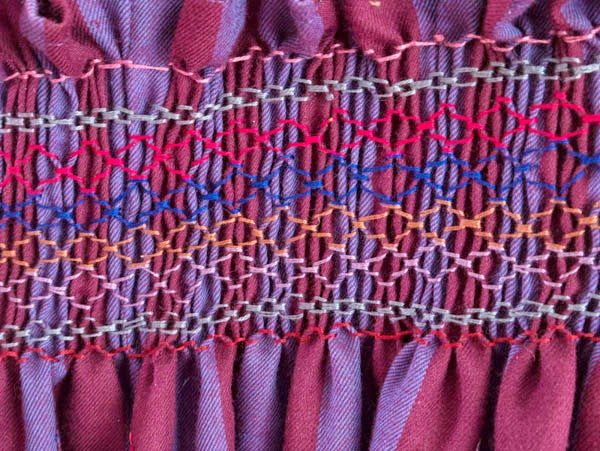Since term began in September I've had less time for making than I would like, but I'm keeping my USA crazy quilt ticking over, and because I made a lot of progress over the summer, I am now on the penultimate stage of doing the blue stitching on the red and white portion. Of course, that's most of the quilt, so it's taking a while. I still aim to be finished by the end of the year!
Then there are the creative distractions, like deciding we needed a mouse puppet to use for the Christmas Eve service at church. Cue some sketching of ideas, and then re-watching of videos on YouTube to remind myself how to make a puppet using the Project Puppet pattern I have. (I'll try and add links to these at some point, when I'm using a proper computer, and not my iPad!)
The Roly pattern from Project puppet is very easy to use, but has a round head, not mouse shaped. It's what I've used for Crockford, Brookland and Dexter.
Dexter the rock star!
Crockford with two camels...unusual for him as he prefers crocodiles, as he will happily tell you if you spend any amount of time with him!
I obviously had to make a mouse nose shape for this pattern, which I did using a cone shaped piece of paper. I decided to keep the mouse body thin, and his hands and ears big. I went for a grey tail, not pink, as that screams rat, and that makes me scream!
So here he is, posing with me - Mr Bartholomew J Mouse!
I was concerned he'd resemble Roland Rat (yay, hello rat fans!) which, as much as I like Roland Rat wasn't what I wanted. I wanted him cuddlier than Rizzo from the Muppets, and I guess he's turned out a bit like Tutter from Bear in the Big Blue House. I think he's his own mouse though, and I have some firm ideas about his personality.
I have a puppet board on Pinterest, so follow me on that to see what my favourite puppet inspirations are. (here's some clues...one is small, grey and squeaky, and is best friends with a bear, the other is green and has an 'it's complicated' relationship with a pig!)
Just got to write the script now!

































.jpg)
.jpg)
.jpg)
.jpg)
.jpg)
.jpg)
.jpg)
.jpg)
.jpg)
.jpg)
.jpg)
.jpg)
.jpg)
.jpg)
.jpg)
.jpg)
.jpg)
.jpg)
.jpg)
.jpg)
.jpg)
.jpg)
.jpg)
.jpg)
.jpg)
.jpg)
.jpg)